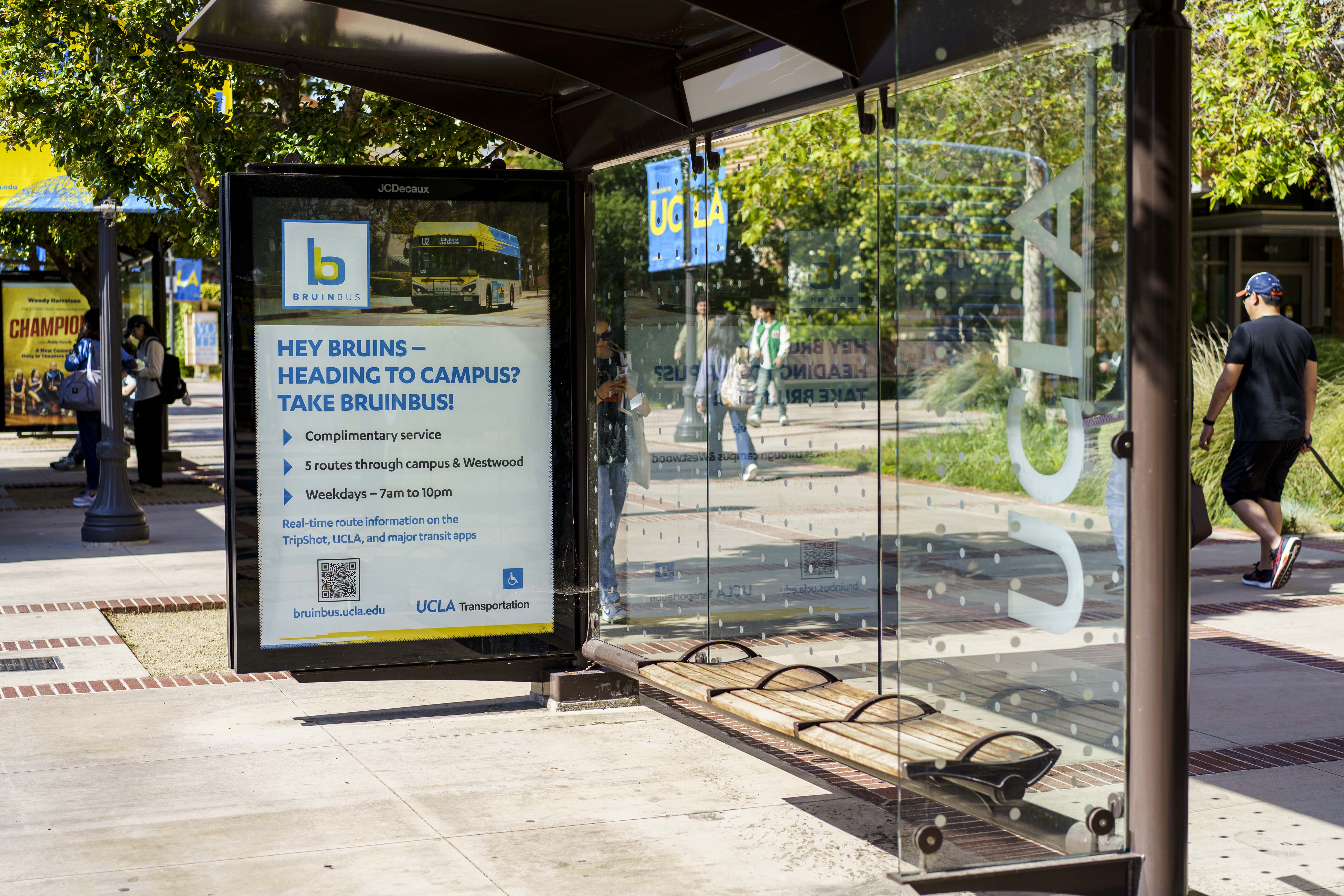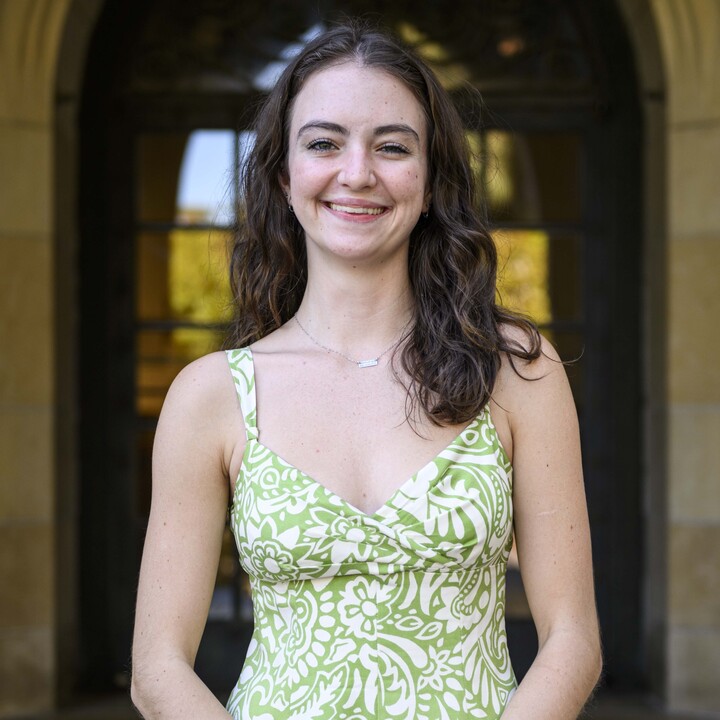Research team with UCLA associate professor, ASU faculty examines shade deserts

A bus stop with an overhang is pictured. A group of professors, including a faculty member from UCLA, published a commentary in July calling for increased shade in urban areas, particularly in low-income communities. (Brandon Morquecho/Assistant Photo editor)
A team of researchers including a UCLA associate professor has called for increased shade in low-income urban areas.
In a July commentary published in Nature by UCLA associate professor Kelly Turner and two Arizona State University faculty members, the authors discuss the phenomenon of shade deserts – areas with little to no protection from sun exposure and heat that tend to be concentrated in low-income neighborhoods. Using data from previous studies conducted by the three co-authors, they found that the best way to reduce body heat while outside is through shade, said Turner, an associate professor of urban planning and geography.
“Even though we know how effective shade is, it’s rarely something that cities are actively planning for,” Turner said. “I got interested in this from an urban planning perspective because the way we design and build cities can impact that experience of heat.”
Jennifer Vanos, one of the co-authors and an associate professor in the School of Sustainability at ASU, said it can be hard to implement shade in cities because of many factors, such as water lines in the ground, no dirt easily available in the space or the need for power line visibility.
However, these potential barriers are also all reasons why shade implementation is important for urban planners to think about, Vanos added.
Many of the communities most heavily impacted by shade deserts are in low-income areas, where many cannot be indoors throughout the day because of work or school, said Ariane Middel, another co-author of the comment. There is 41% less tree canopy, which contributes to shade, in low-income neighborhoods than in the highest-income ones, according to the commentary.
Those who are consistently exposed to sunlight are more likely to face certain health problems, Turner added.
“That (Hotter conditions) can cause behavioral and learning deficiencies among children. That can cause comorbidities. That can cause women to have preterm births. That can cause folks to be angrier and more stressed out,” Turner said. “There’s all sorts of ways that heat can make other health and mental health outcomes worse.”
Middel, who is also an associate professor in the School of Arts, Media and Engineering at ASU, said low-income areas often lack the resources to increase shade. Maintaining vegetation for tree canopy cover, for instance, can be unaffordable, and shade is also very limited in communities that house many mobile home parks, she added.
However, Turner said there are potential solutions to increase the amount of shade in large cities, particularly in low-income areas. Before shade infrastructure can even be designed, cities must first determine where the need for shade even exists, Turner said.
Some urban cities, such as Phoenix, have already been proactively trying to limit shade deserts, Middel said. For example, she said there are many tree-planting initiatives in place, though she added that there should also be a focus on temporary cooling resources, such as shaded bus stops, while the trees are still growing.
To tackle the issue of heat in Los Angeles, the city has placed “La Sombrita,” a metal structure meant to provide shade, at a few bus stops, according to The New York Times. But critics have argued that the cover has done little to nothing to provide relief from the heat, according to The New York Times.
Middel added that individuals can protect themselves from the sun and heat by wearing a hat, using an umbrella and staying hydrated.
Vanos added that it is important to work directly with communities who know where shade is needed and who will benefit from it.
“A big piece of it is working with governments and communities and neighborhoods and schools to really plan around where is shade needed,” Vanos said. “Where has it been not present in the past so that we can put it there now, and how can we do that in a way that’s sustainable and is going to last for the long term?”


